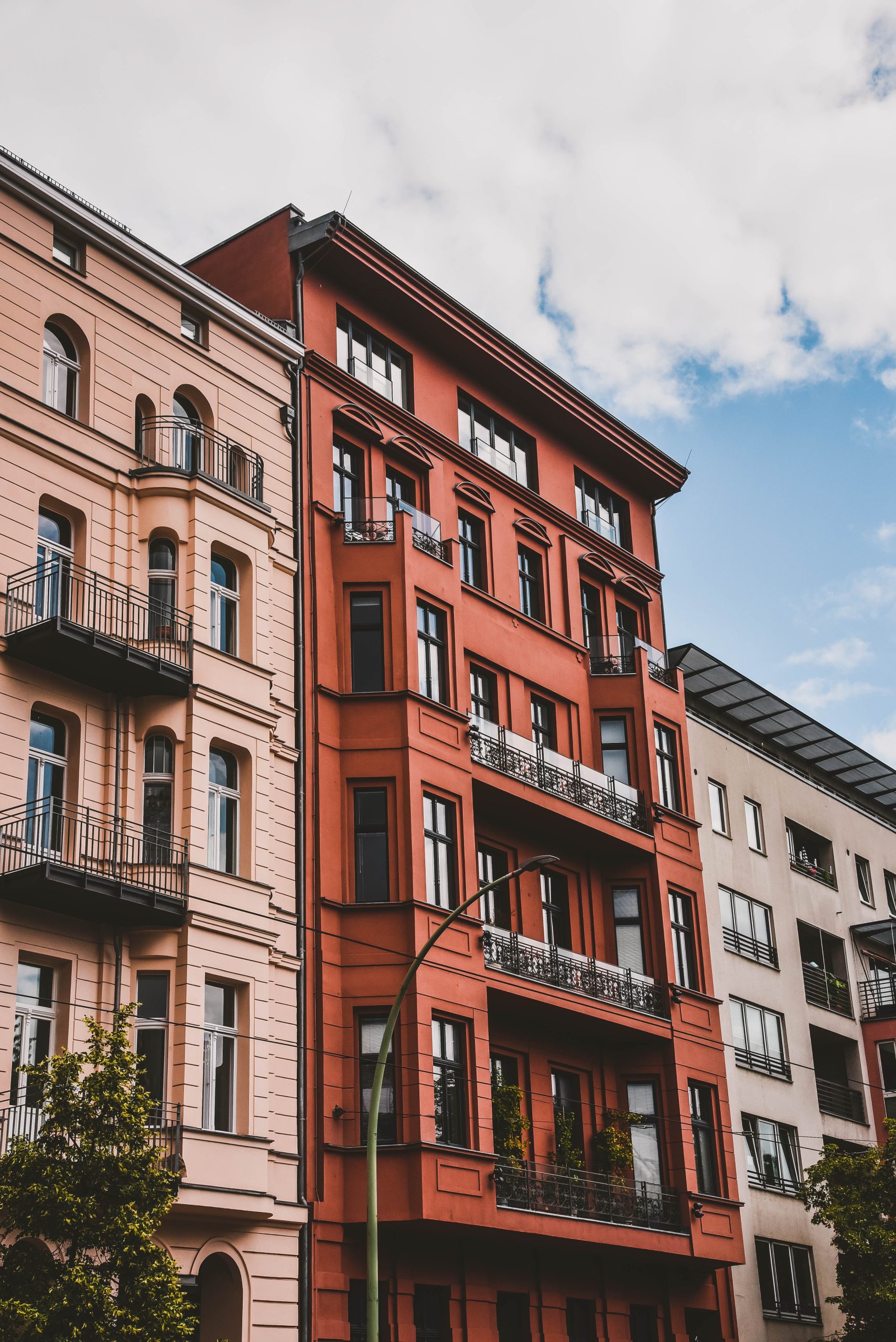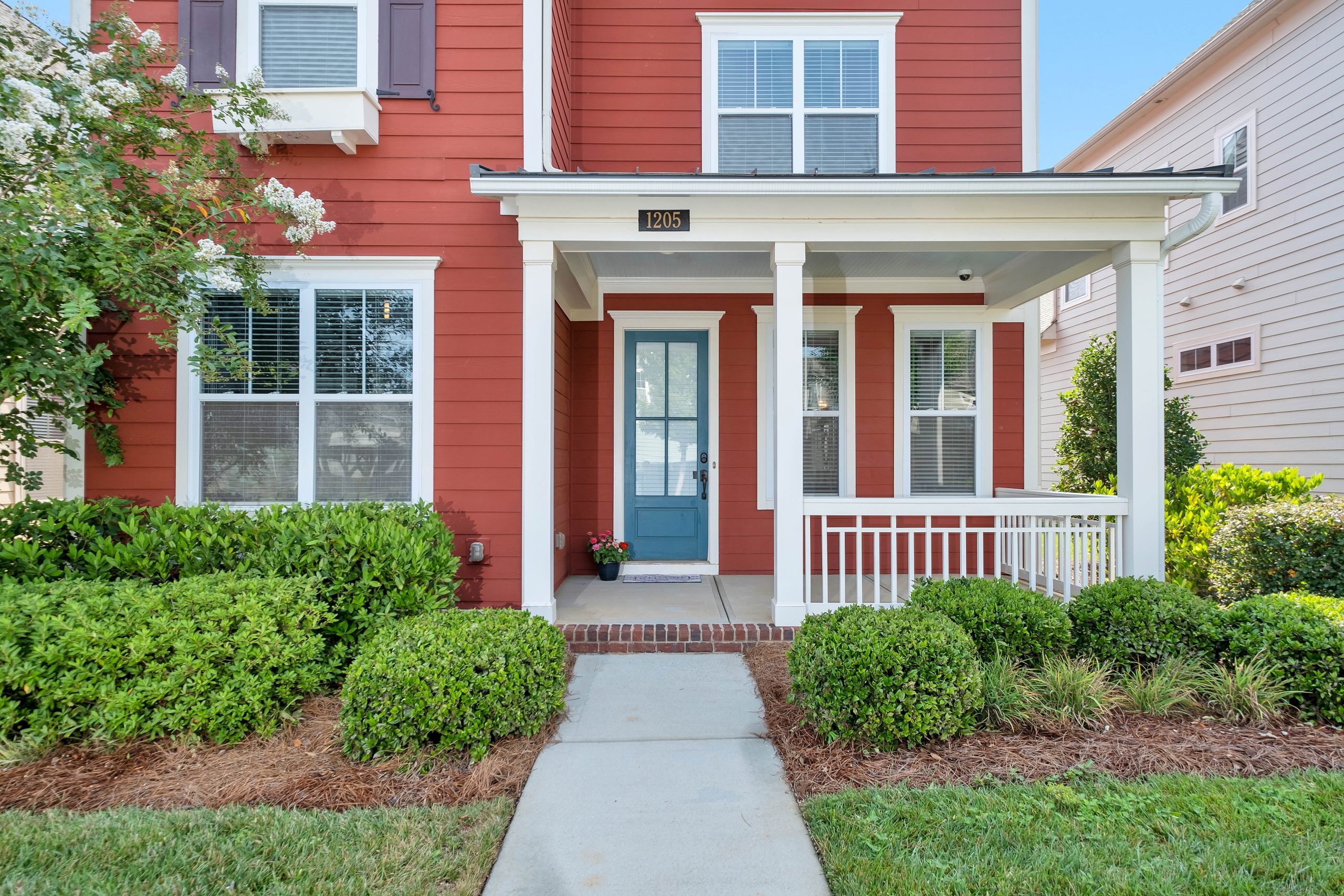Introduction
Have you ever heard the saying “location, location, location” when it comes to real estate? Well, there’s a reason for that. Where your property is located can make or break your investment portfolio. Your neighborhood plays a huge role in the value of your property and its potential for growth. In this blog post, we’ll explore how your neighborhood affects your real estate investment portfolio and why it’s crucial to choose wisely when investing in property. So grab a cup of coffee and let’s dive into the world of real estate!
The Importance of Location
Your real estate investment portfolio is affected by your location for a number of reasons. The most important factor is probably the potential for appreciation. If you’re investing in an area that’s growing in popularity, your property will likely increase in value over time. Another important factor is the rental market. If you’re investing in an area with high demand for rental properties, you’ll be able to charge higher rents and have a lower vacancy rate.
Another important factor to consider is the stability of the neighborhood. This includes factors like crime rates, quality of schools, and job prospects. A stable neighborhood is more likely to see consistent growth in property values, while a volatile neighborhood could see values decline unexpectedly.
Finally, you should also consider the costs associated with your location. Things like property taxes, insurance rates, and utilities can vary widely depending on where you’re investing. By carefully considering all of these factors, you can choose a location that will help you maximize the potential return on your investment.
Factors That Affect Real Estate Prices
There are a number of factors that can affect real estate prices in any given area, and it’s important to be aware of these when you’re looking to invest in property. Here are some of the key things to keep in mind:
1. The local economy: If an area is experiencing economic growth, this will generally lead to rising property prices. Conversely, if there’s economic decline or stagnation, prices are likely to fall.
2. The supply and demand of housing: This is a basic law of economics – if there’s more demand for housing than there is available supply, prices will go up. On the other hand, if there’s more housing available than people looking to buy or rent, prices will come down.
3. Infrastructure and amenities: Another important factor is the quality of infrastructure and amenities in an area. If an area is well-connected with good schools, hospitals, transport links etc., this will make it more attractive to buyers and tenants, driving up prices.
4. Crime rates: Safety is always a top priority for people when choosing where to live, so areas with higher crime rates tend to see lower property values.
5. Natural disasters: Unfortunately, natural disasters can also have a big impact on real estate prices. If an area is prone to floods, earthquakes or other such events, this will make it less desirable (and therefore cheaper) for buyers and renters.
How to Research a Neighborhood Before Investing
Before investing in a neighborhood, it’s important to do your research to ensure that the area is a good fit for your investment goals. Here are a few things to keep in mind when researching a neighborhood:
1. Location – Is the neighborhood centrally located or is it on the outskirts of town? What is the proximity to major highways and public transportation?
2. Demographics – What is the makeup of the population in the neighborhood?Are there mostly families, young professionals, retirees? What is the median income level?
3. Crime Rate – What is the crime rate in the area? How does it compare to other neighborhoods in the city?
4. Housing Market – What is the current state of the housing market in the neighborhood? Are prices on the rise or decline? Are there many foreclosures or short sales?
5. Schools – If you’re investing in a family-friendly neighborhood, what are the school ratings like in the area? Are there any private schools nearby?
6. Amenities – Does t
Conclusion
It is clear that investing in real estate has its own set of potential risks and rewards, depending on the neighborhood you choose to invest in. Investing in areas with strong school districts, low crime rates, and a diverse range of housing options can help ensure long-term stability for your real estate portfolio. At the same time, accessing resources like local demographic data can provide insight into key indicators such as population growth or median income levels which will allow you to make more informed decisions when selecting neighborhoods for your investments. Ultimately, choosing a well-rounded neighborhood should be one of your top priorities when building an investment portfolio.










